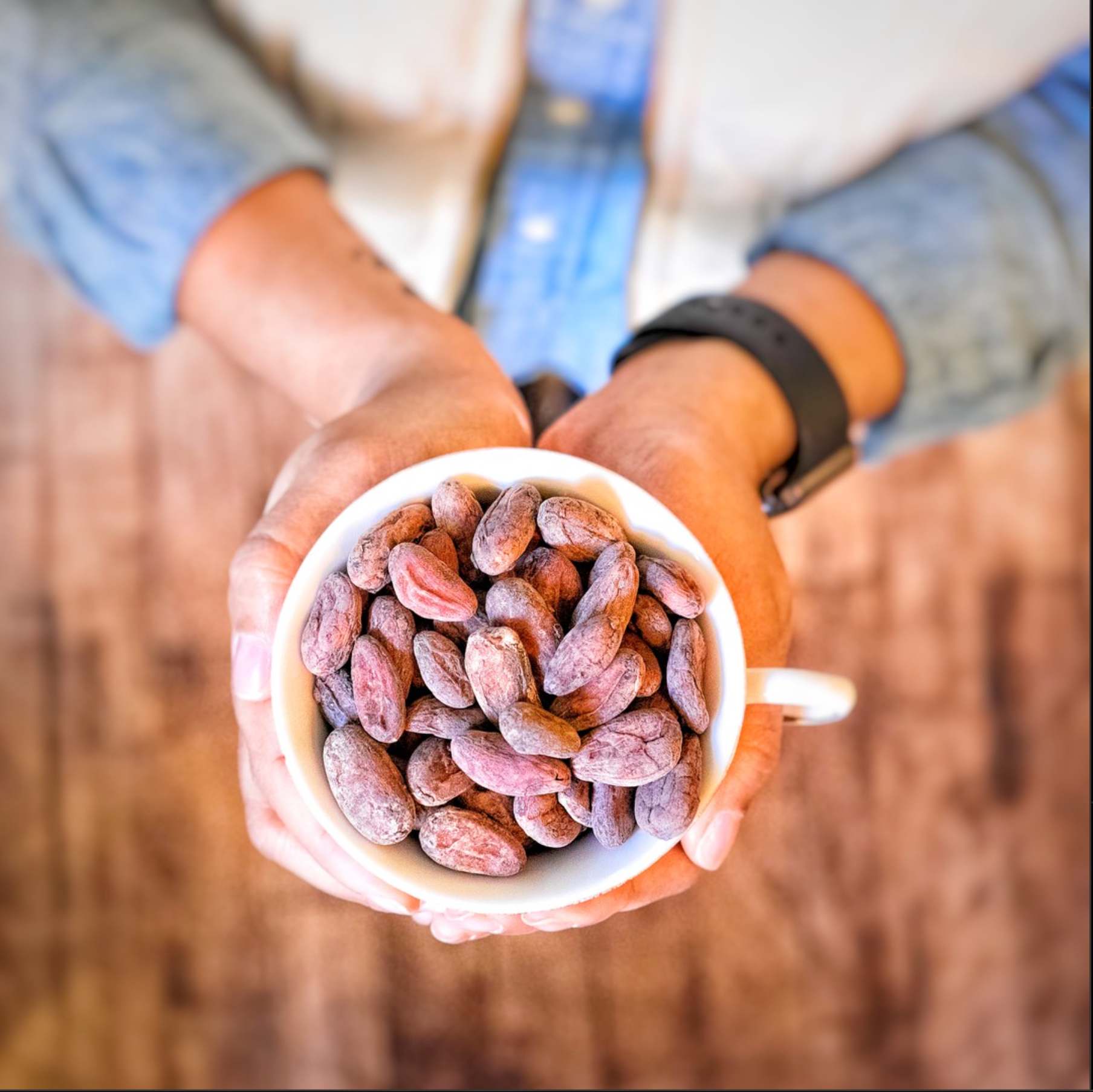If you're a true chocoholic, you know there’s never just one way to satisfies those crazy cravings. But how does one choose which chocolate to go with when there’s so many different forms, like cacao vs. cocoa! Though these two might sound very similar, each is a unique form of chocolate deliciousness, especially when it comes to the nutritional benefits, taste, and of course, price. So how do we differentiate the two? Because the two are interchangeable (and just as delicious when added to sweets and homemade recipes), here are a few basics so that you can make a mouth-watering decision next time you're stuck between the two.
CRAZY FOR CACAO
The rawest form of chocolate, Cacao is the purest type of chocolate you can eat. Because its not processed like cocoa powder or chocolate found in most candy bars, cacao is considered to have one of the highest sources of antioxidants of all foods; a great source of nutrients due to its “cholesterol-free saturated fats, vitamins, minerals, fibers, natural carbohydrates, magnesium, and protein. Theobroma Cacao is the cacao fruit tree that sprouts cacao pods, which are then cracked to release cacao beans. These beans are then processed in a variety of ways:
Cacao Butter: The fattiest part of the fruit, this is basically the outer lining of the inside of the bean. White in color, it has a thick, rich texture that mirrors white chocolate in taste in appearance. One this butter is removed, the remaining part of the fruit is collected to make raw cacao powder.
Cacao Nibs: Chopped up cacao beans bits, these hold all the same nutrients that the original bean has.
Cacao Paste: To preserve the nutrients, cacao nibs are then slowly heated and melted; this extracted substance is referred to as cacao paste, which is the least processed form often found in dark chocolate bars.
Cacao Powder: Made from cacao beans that are heated low temperature to hold proteins, nutrients, and flavored, and then grounded into powder form.
CUKOO FOR COCOA?
The heated, powdered form of cacao is often referred to as Cocoa. Though cocoa might not seem as ‘beneficial’ as raw cacao, it too holds its own nutritional properties - if you opt for those that skip the added sugars, milk fats, and oils. Even though its processed very similar to cacao, cocoa requires a higher temperature while still holding on to its own offerings of antioxidants.
